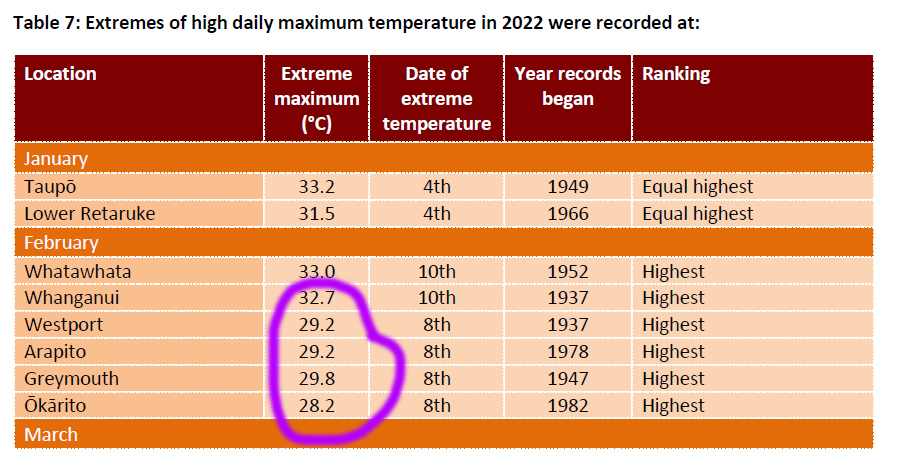The American Cancer Society recently reported some good news: Cancer is still on the run.
Although men and women continue to get the disease in large numbers, the big change is found in cancer deaths. For men, death rates from cancer fell 21 percent between 1990 and 2006. Death rates for women fell 12.3 percent in that time. In all, some 767,000 deaths from cancer were avoided.
Now the sobering news: an estimated 569,490 people in the U.S. will die from cancer this year.
It’s easy to get swept up in conflicting advice on how to avoid cancer. Some of the recommendations you hear are absolutely sound. Some ideas are tomfoolery.
There’s at least one cause-and-effect that’s plain as day and completely controlled by the individual. As smoking in the U.S. has plunged, so has the rate of lung cancer. Not smoking substantially reduces the chances that you will succumb to one of the greatest threats to public health. The national campaign against smoking has been a resounding success. Thousands of people walking around are living proof.
There are troubling signs, though, that we’ve hit a roadblock on this. About one in every five U.S. high school students smoke cigarettes, and that number has been stubbornly consistent, according to the Centers for Disease Control and Prevention.
Kids aren’t getting the message that smoking can kill you. Anyone who has visited an outdoor mall recently can’t help but notice how many teens light up. It’s painful to watch. Less obvious, but on the rise, is the use of other tobacco products such as snuff, roll-your-own tobacco, small cigars and even hookahs. They’re aggressively marketed.
The vast majority of adult smokers got hooked before they reached age 21. Persuading teens not to start remains a critical public-health objective. Cost is a big deterrent for teens – though as some local governments and even states have seen, pushing higher taxes at some point persuades consumers to go elsewhere – hello, Indiana – rather than quit.
On Jan. 1, 2008, Illinois imposed a welcome ban on smoking in public places. We’re glad to see a Wisconsin law went into effect earlier this month that helps level the competition for taverns and restaurants along the border with Illinois. Kansas adopted new rules on July 1. Michigan did two months before that.
Almost half the states, though, have yet to ban smoking in food and drink establishments, and a few states still allow it in private workplaces and public spaces. Want to guess where cancer rates tend to be stubbornly high?
Lung cancer still accounts for more deaths than any other kind of cancer. The numbers are going in the right direction – cancer is indeed on the run. But let’s make sure the kids know the story.







